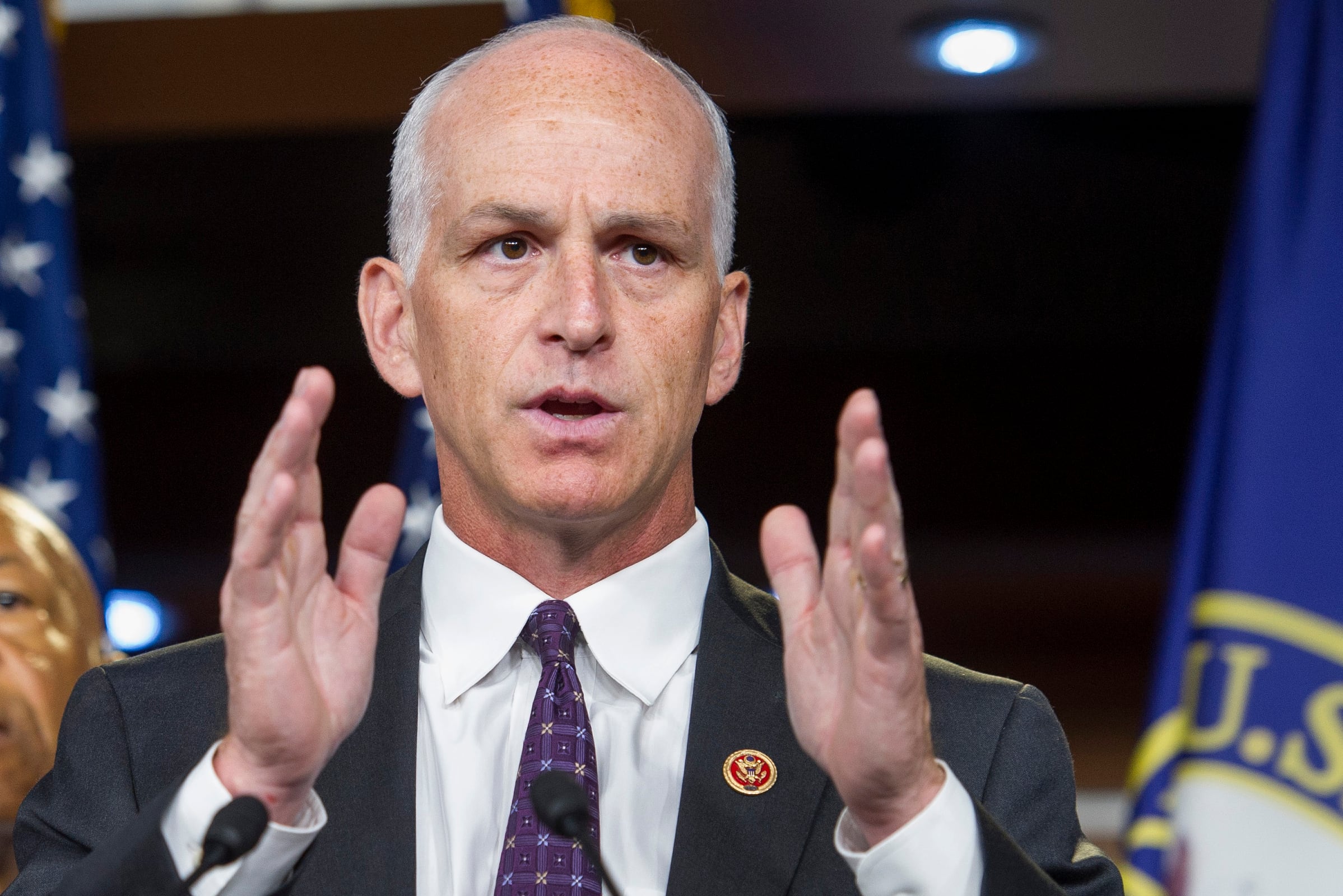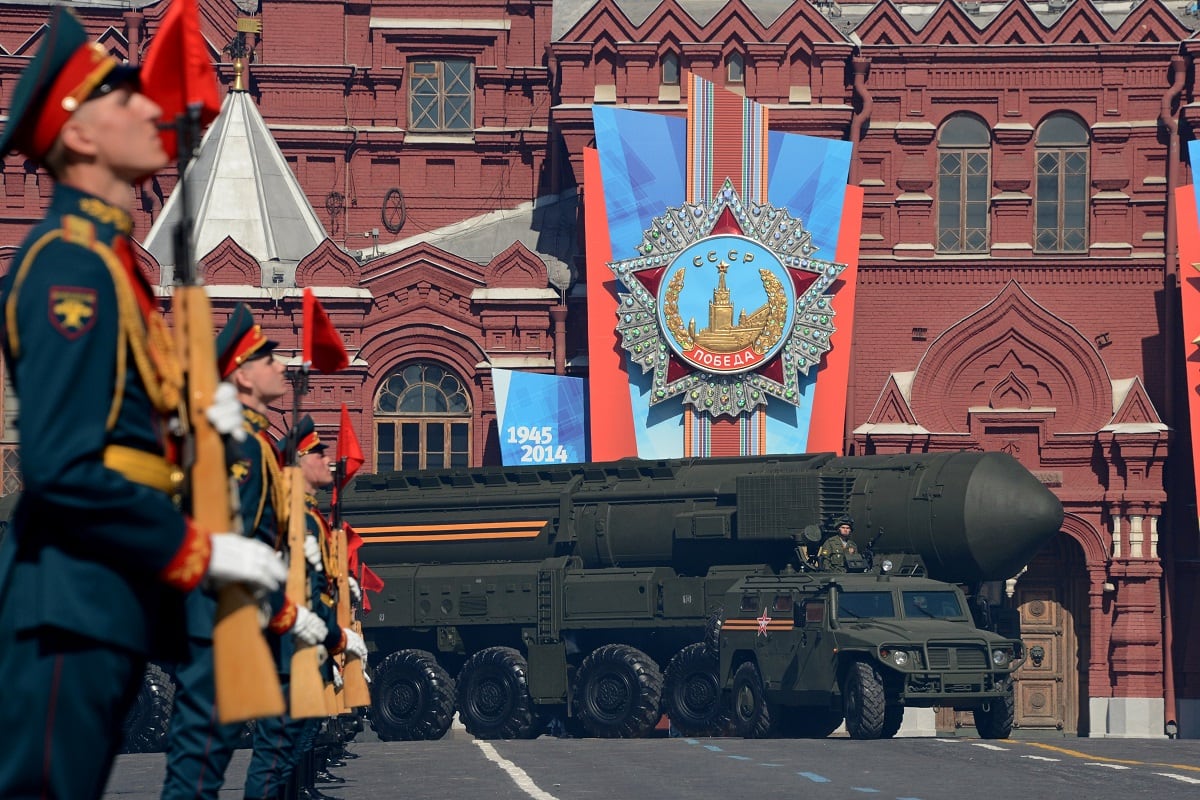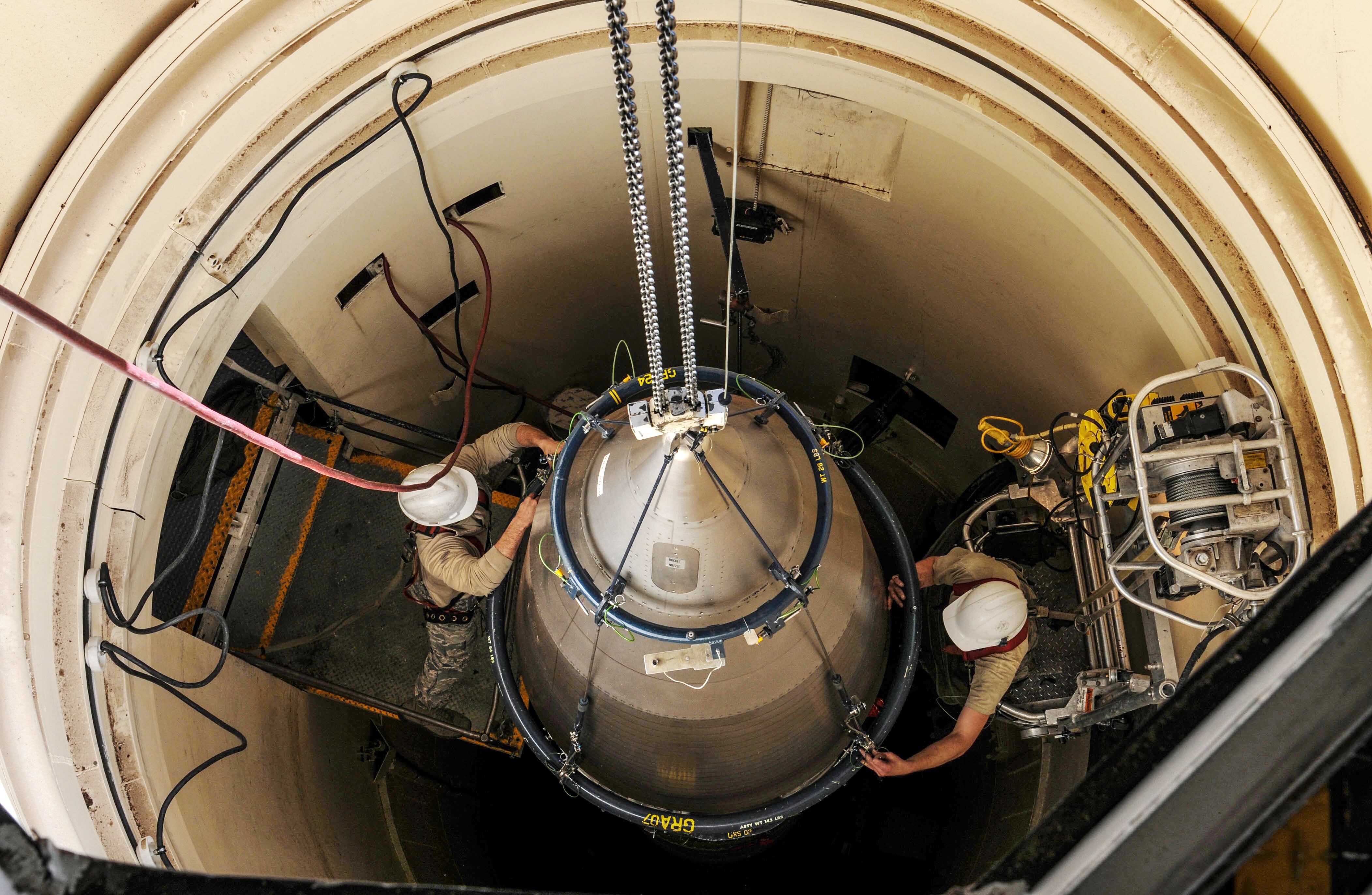WASHINGTON — If Rep. Adam Smith gains control of the House Armed Services Committee, as projected, the head of U.S. Strategic Command has some advice for him: There are ways to trim down the cost of the nuclear arsenal, but don’t cut a leg off of the nuclear triad.
“When Congressman Smith asks me — and he has — I will tell him next year the same thing I told him last year and the year before,” Gen. John Hyten said during a Nov. 14 discussion at Harvard University’s Institute of Politics.
“As the STRATCOM commander, my advice is that we need to have a force that can respond to any threat that is in the world today. And in order to do that, I have to have a triad. The Russians have a very significant triad that is poised against us each and every day, and if I don’t have that, I can’t guarantee that the United States will have the ability to respond, which means I can’t guarantee the security of the country.”
RELATED

Earlier on Wednesday, Smith said that the Pentagon’s plan to recapitalize the three legs of the triad — by buying the Columbia-class submarine, new intercontinental ballistic missiles, and the B-21 bomber — was “way beyond what we can afford.”
In 2017, the Congressional Budget Office estimated that the Pentagon will spend more than $1 trillion over the next 30 years to buy new nuclear weapons or sustain what it has.
Instead of pursuing that plan, members of Congress should push for a redo of the Trump administration’s recent Nuclear Posture Review and force the White House to choose between modernization of its nukes or its conventional weapons, Smith argued.
“Fundamentally what I’m hoping what we can do moving forward is reset our policy on nuclear weapons,” said Smith, D-Wash., during an event sponsored by the Ploughshares Fund.
Hyten agreed that there are things the Defense Department could do to roll back its spending on nukes, but it involves renegotiating arms control treaties to further reduce the nuclear arsenals of the United States and Russia.
“Want to know how to get those savings? Sit down with the Russians and say, ‘You know, 1,550 is not the right number,’” he said, referencing the maximum number of nuclear permitted by the New START Treaty signed by the United States and Russia.
“Maybe its 1,400. There’s a certain minimum number that we need to handle all of the threats in the world, and I won’t go into what that is, but we have analysis that we can give to diplomats to help them negotiate,” he said. “But if you want to save money, change the threat. Don’t change our level of security in this country.”
While Hyten was careful not to veer too closely into political matters, the STRATCOM chief at multiple points expressed exasperation with Russian violations of existing arms control agreements.
RELATED

“I like arms control treaties that limit nuclear weapons. I think those are good things for our country and good things for the world,” he said.
But when negotiating with a nuclear power, “everything should be on the table” for each party—and for Russia, that includes its low-yield nuclear weapons.
Asked about President Donald Trump’s intention to withdraw the United States from the Intermediate-Range Nuclear Forces Treaty, Hyten again voiced dissatisfaction with Russian noncompliance.
The INF treaty prohibits the countries from fielding ground-launched ballistic and cruise missiles with ranges between 500 and 5,500 kilometers, but the United States asserts that Russia’s new 9M729 cruise missile fits into that category.
“When I see the INF treaty, I see a treaty that I definitely want the Russians to be inside of, and they’re not. And they haven’t been for a number of years,” Hyten said.
Meanwhile, the United States abided by the treaty language, working through diplomatic channels to try to pull Russia back into compliance.
“The bottom line is: We have a treaty, and we’re the only person abiding by that. And at some point in time, the United States has to say, ‘That’s enough,’” he said. “And the president, a few weeks ago, said, ‘That’s enough.’”
Valerie Insinna is Defense News' air warfare reporter. She previously worked the Navy/congressional beats for Defense Daily, which followed almost three years as a staff writer for National Defense Magazine. Prior to that, she worked as an editorial assistant for the Tokyo Shimbun’s Washington bureau.
